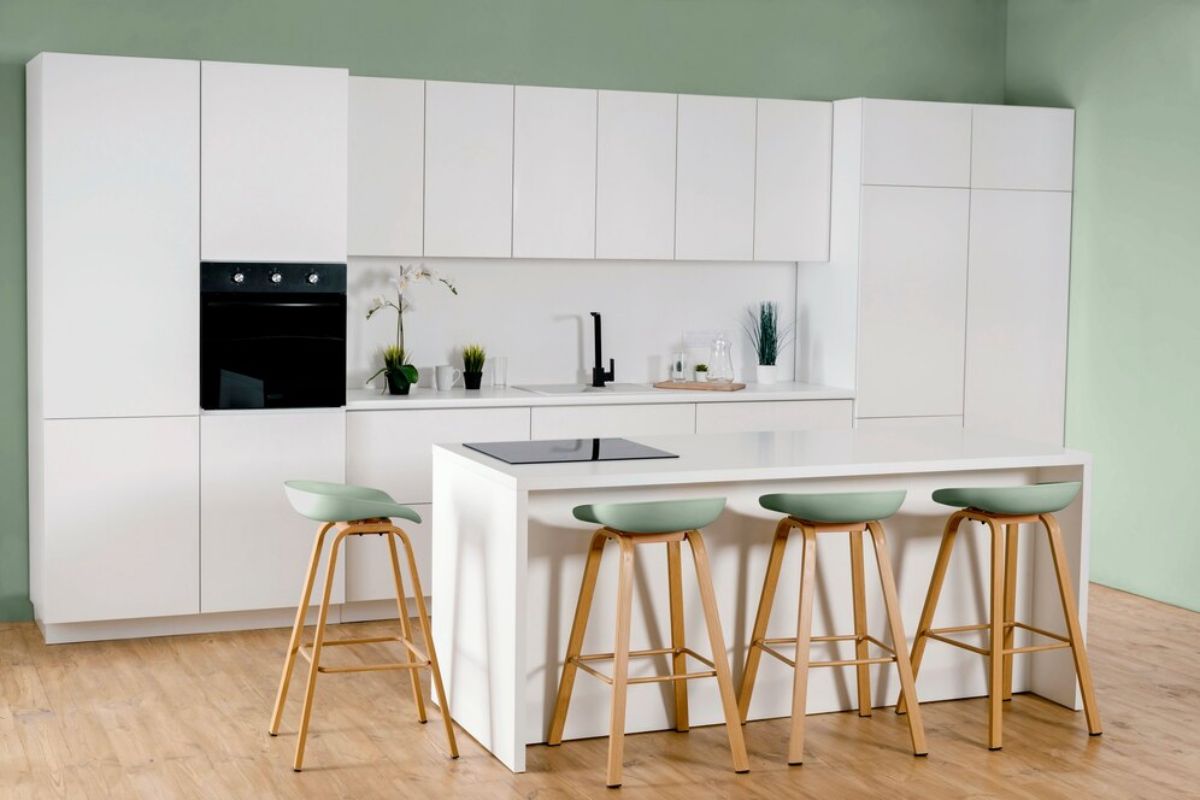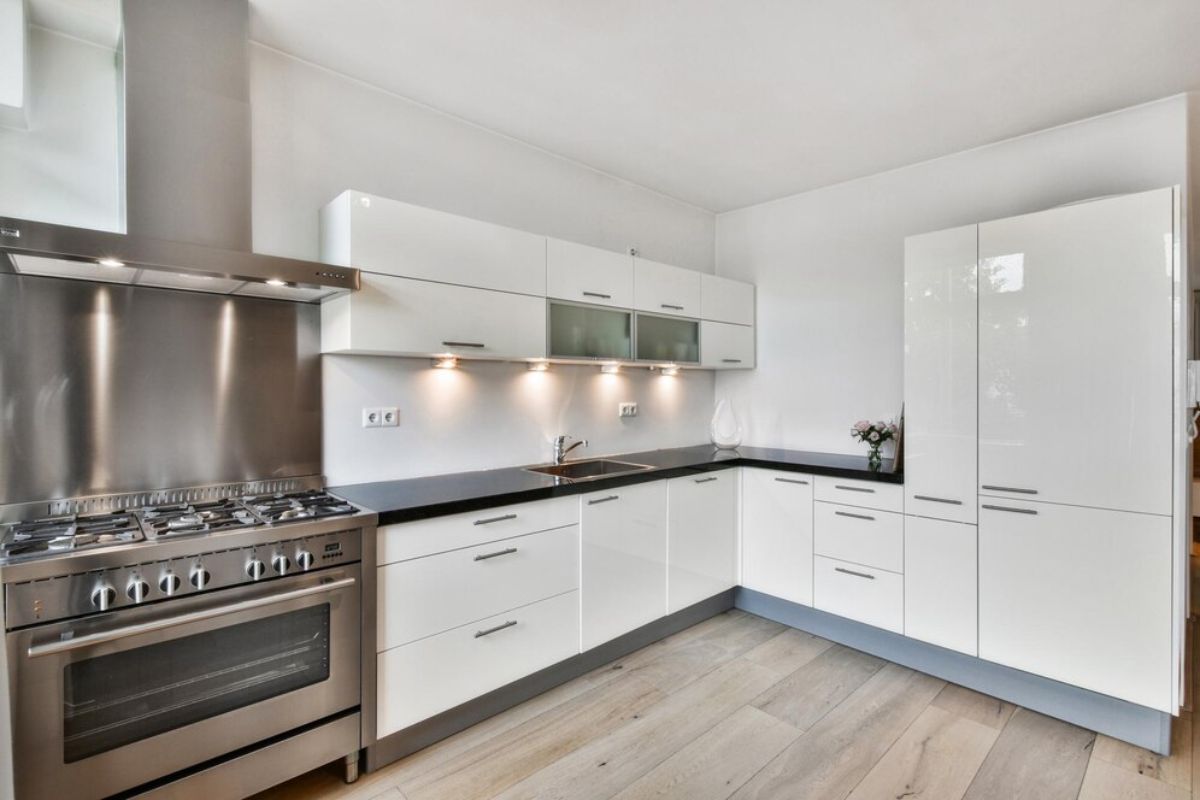- London Finest Interior Manufacturer

Your kitchen is more than a spot to cook and enjoy meals—it is the central hub of your residence, where the nearest and dearest get together, share food, and create immortal memories. Nevertheless, behind all that affection and usefulness, your kitchen must comply with essential standards and regulations to guarantee safety, effectiveness, and adherence to the UK laws. Whether you are setting up a modern kitchen or renovating a current one, comprehending these rules is vital.
At Fitted Bedroom Wardrobes, we understand that kitchen projects can seem daunting. This informative guide simplifies the key UK kitchen regulations—from building permissions to appliance safety—so you can confidently design a compliant and functional space.
In the United Kingdom, kitchen projects must comply with both planning permissions and Building Regulations. Let’s examine these.
For most internal kitchen projects, you won’t need planning permission. This includes replacing parts of your kitchen, fitting new appliances, or making internal modifications. Despite that, there are exceptions:
As development guidelines may differ by locality, speaking to your municipal authority before commencing work is always preferable.
Building Regulations are established to guarantee that your kitchen is secure, power-efficient, and operational. Despite the possibility that a construction permit is not needed, your project might still require Building Regulations’ clearance. This usually comprises an inspection by your local authority and, sometimes, submission of your building plans.
You likely won’t need approval if you’re simply upgrading an existing kitchen and not altering plumbing, electrical circuits, or gas fittings. However, it’s always advisable to confirm with local authorities.

When undertaking a kitchen project, you’ll need to meet specific regulations in the following areas:
Ventilation is crucial to retaining air purity and avoiding mould or mildew accumulation. Under Regulation F1, sufficient ventilation must be provided:
Building Regulations Part P requires that a competent electrician complete all kitchen electrical work. The work must comply with British Standard BS 7671, guaranteeing security and adherence.
The Gas Safety (Installation and Use) Regulations 1998 apply to kitchens with gas appliances.
Kitchen plumbing must comply with the UK construction regulations regarding the flow rate of the water and installation height.
Fire safety is the highest priority, as most fire incidents at homes begin in the kitchen.
Under the Waste Electrical and Electronic Equipment (WEEE) Regulations 2013, outdated appliances such as refrigerators, toasters, and ovens should be adequately reprocessed.
Energy efficiency is a principal priority of the UK regulations. The Energy-related Products (ErP) Directive insists on using environmentally conscious products.
This minimises your electricity bills and plays a role in an eco-friendly lifestyle.
For kitchens created for persons with physical difficulties, the Equality Act 2010 becomes operative.
While the UK kitchen regulations don’t dictate exact layouts, practical safety principles should guide your design.
The widely accepted “kitchen triangle” principle positions the stove, sink, and fridge in a triangular layout. This ensures a smooth workflow while minimising congestion and hazards.
Proper lighting is essential for kitchen safety and functionality.
Hygiene is vital in every kitchen. Although the Food Safety Act 1990 mainly applies to commercial kitchens, its principles are valuable for homes as well:
Kitchen furniture and work surfaces should be:
UK kitchen regulations might appear complicated, but their purpose is to guarantee that your kitchen is secure, operational, and conformable. Whether you are upgrading a few appliances or making arrangements for a complete renovation, comprehending these rules will aid you in avoiding expensive errors and designing a kitchen that satisfies all fundamental instructions.
At Fitted Bedroom Wardrobes, our professional crew is available 24/7 to guide you through the process. Whether you are arranging a refurbishment, updating appliances, or handling complicated installations, we provide the expertise and support required to satisfy all regulatory standards.
Contact our experts today by dialling 07387314089 for personalised guidance and solutions that will safely and effectively transform your dream kitchen into a reality!
Weekly and Monthly Sales, Discounts & More!